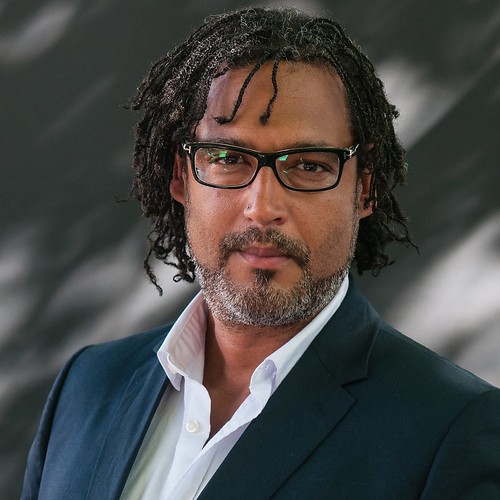With hapless clown Crown Prosecutor Sir William Scrotesack QC back home and being comforted by nanny yesterday evening after completing a turgid prosecution case characterised by a conveyor belt into the witness box of awful white male careerists earning a good salary from propping up establishment racism, court returned today.
To sum up the Crown Prosecution case: they spent three days proving the defendants had pulled down the statue, which they have admitted anyway and then pointed and said, “ooh look, they broke a bit of pavement”.
The defence case continued today with a definite frisson of early morning excitement at news that there would be a bit of b-list celeb TV glamour in the shape of historian David Olusuga appearing as a witness.
However, first up was defendant Sage Willoughby continuing his testimony from yesterday. and what a rousing performance he gave. Providing an outline of the difference between what we consider justice in Bristol and the dead hand of British law as practised in our courts and by those spiritual (if not actual) descendants of slavers, the public schoolboy barristers of the Crown Prosecution Service.
“Colston was a racist and a slave trader who murdered thousands and enslaved even more. Imagine having a Hitler statue in front of a holocaust survivor, it feels similar if not worse,” Sage told the jury. Adding, “I think it was a hate crime having that statue left up there so I felt legitimate in what I was doing.”
The court heard Willoughby voluntarily handed himself into police and told them that he climbed the statue and put a rope around its neck “because it was the right thing to do”.
When asked about those unapologetically racist fuckers, the Merchant Venturers’ having contrary views to his, he told the jury they received money from slavery until 2015. He ended by describing the Colston Statue as a “hate crime” and agreed he had caused it damage “but, it had caused more damage when it was in place,” he said.
Next into the witness box for the defence was historian David Olosuga. One of only two black people on the Reverend Rees’s local History Commission until he recently quit without explanation.
David, the first black person to give evidence, provided an overview to the jury on Colston. the Merchant Venturers and the city’s role in the slave trade and detailed some of the horrors of the trade. The jury is reported to have asked for some more information about the Society of Merchant Venturers and why they have had influence over Bristol City Council. We look forward to that explanation too.
When asked if toppling the statue was an act of violence. Olusoga’s response was cut short by The Recorder of Bristol His Honour Judge Ded who called an afternoon break to later return and refuse to let Olusoga answer the question.
That just about concluded day four of the trial of the Four. It will continue tomorrow,

